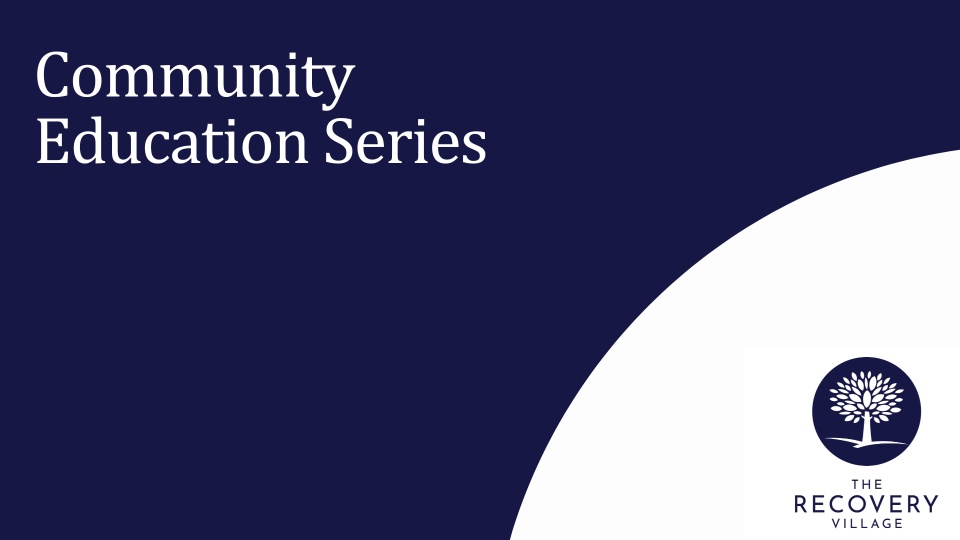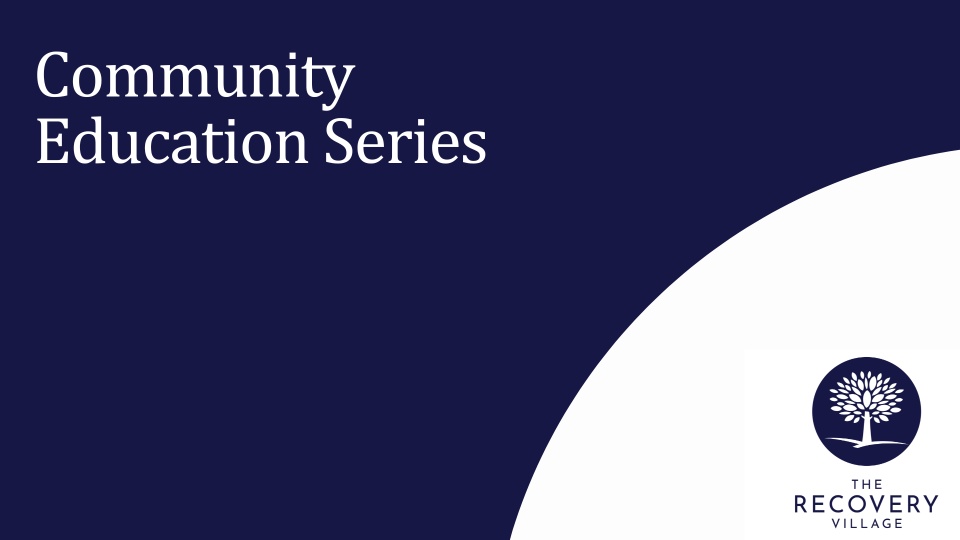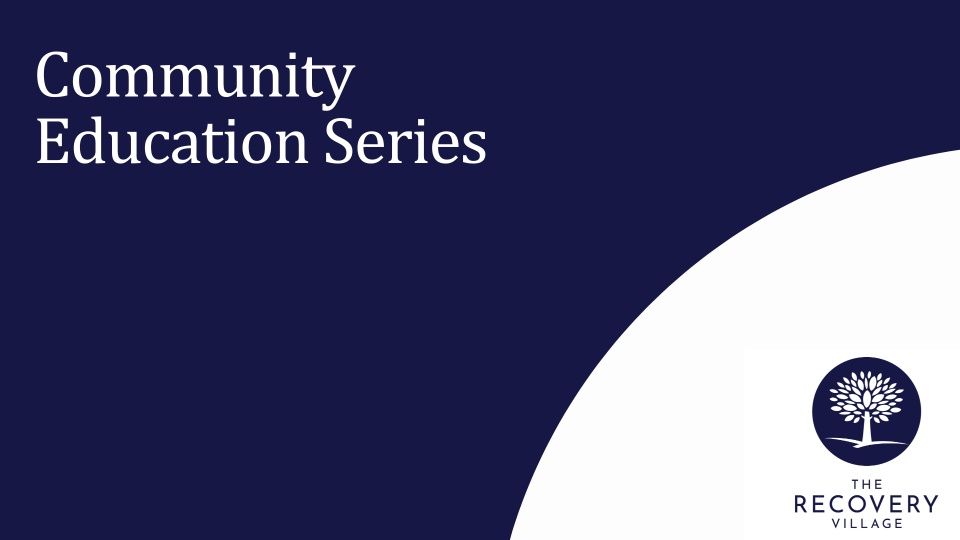Anxiety and stress can be managed in helpful and productive ways. Jordan Katz’s presentation spells out the importance of self-care and managing stress and anxiety.
Estimated watch time: 28 mins
Available credits: none
Objectives and Summary:
Through this presentation, participants will understand how to identify anxiety and review habits, exercises and tips for managing stress and anxiety.
After watching this presentation, the viewer will:
- Be able to recognize that stressful situations exist, especially now, and one’s reactions to stress and anxiety can be positive and productive
- Learn breathing techniques to help manage and disappear stress and anxiety
- Have a better understanding of how it is OK to experience stress and anxiety, and that you are in control









